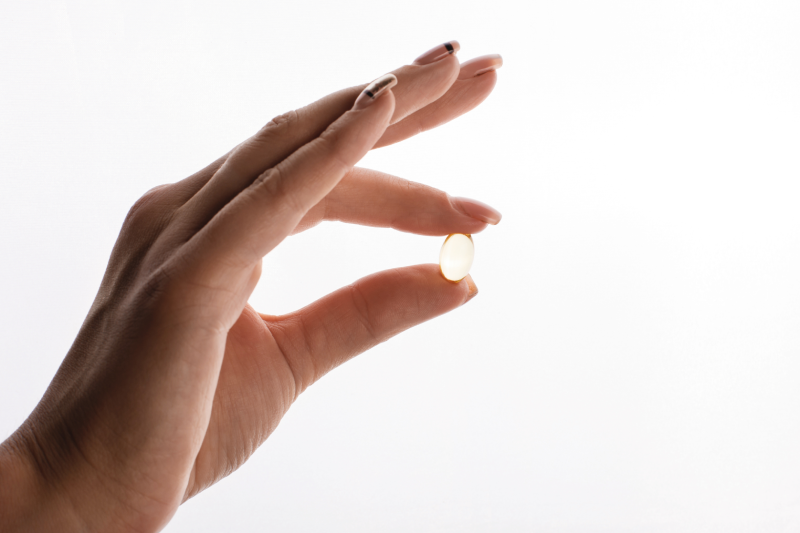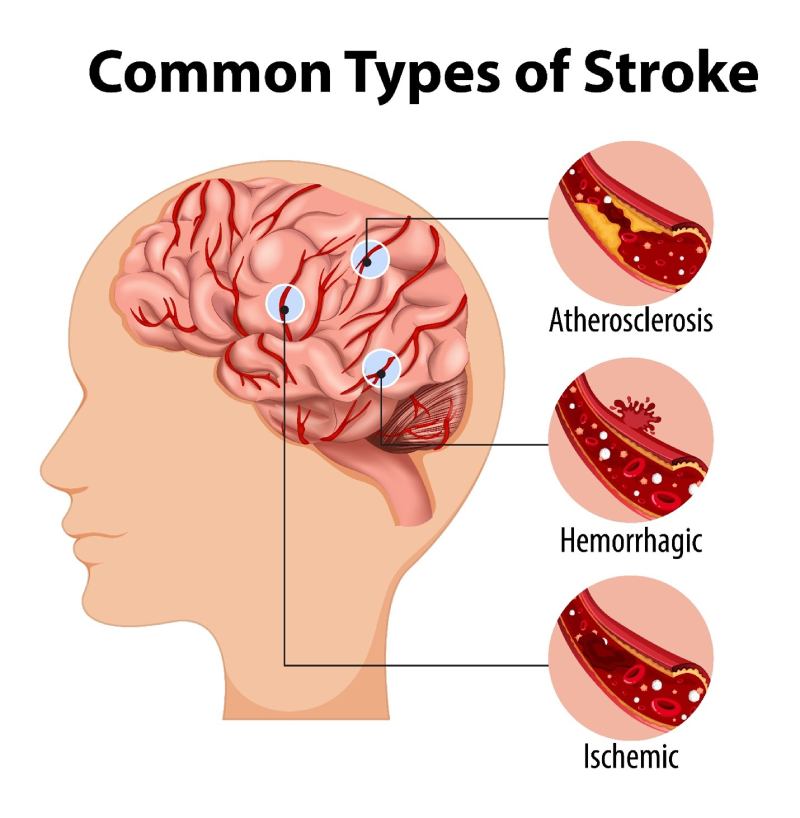First Aid for Convulsion Due to High Fever

Livefit4ever,
Medically Reviewed by Dr. Habib Pathan,
September 17, 2020

First aid for convulsion due to high fever: Febrile seizures that happen during a fever are common in toddlers and young children. Febrile seizures rarely cause life-threatening and long-term issues. No one knows why febrile seizures happen in children. In some cases, rising temperature acts as a trigger for seizures in children. Therefore, cooling their body temperature helps prevent febrile seizures in children.
First Aid for Convulsion due to High Fever
- Note down the time when the fits start.
- Loosen tight clothes and remove excess clothing if it is possible.
- Do not cause any distress to the child while cooling them or do not try to over-cool them.
- Don’t apply an ice pack to cool them.
- During seizures the child may turn blue and stops breathing for around 30 to 60 seconds.
- Don’t worry too much and behave normally. Talk to them calmly.
- Don’t try to restrict their movements whilst they are experiencing fits.
- Don’t try to bring them to normal state by force.
- Don’t try to move the child unless he or she is in danger.
- Don’t splash water on their face.
- Don’t shake or slap your child.
- Don’t try to put your fingers or anything in their mouth to prevent them biting their tongue.
- Turn them to their side to prevent choking if they have something in their mouth.
- Don’t try to pick them up.
- Don’t give them cold shower or bath to cool them.
- Once the child recovers from the seizure, he or she may feel drowsy and confused.
- If they are unresponsive after recovering, then put them in a recovery position.
- Do not leave the child unattended.
If the child has had first seizure, he or she is predisposed to further seizures, in case, they experience high temperature again. You should become extra cautious and try and prevent their temperature from rising.
First Aid for Convulsion due to High Fever
If you have consulted a paediatric neurologist before when your child had a seizure for the first time, remember and adopt the steps the doctor had suggested to you then. It is better to call your paediatric neurologist if you are confused.
If your child doesn’t start breathing quickly and spontaneously, then start CPR.
Read more about CPR.
Call for Emergency Help If:
- The seizure lasts more than five minutes.
- The child has another seizure immediately after the first.
- The child regularly gets seizures.
- The child has a different seizure from the earlier ones.
- The child doesn’t wake up and become alert after the seizure.
- The child has injured.
- The child doesn’t seem to be breathing normally after the seizure.
- The child remains unresponsive after the seizure.
Latest Articles
Post Views: 218






